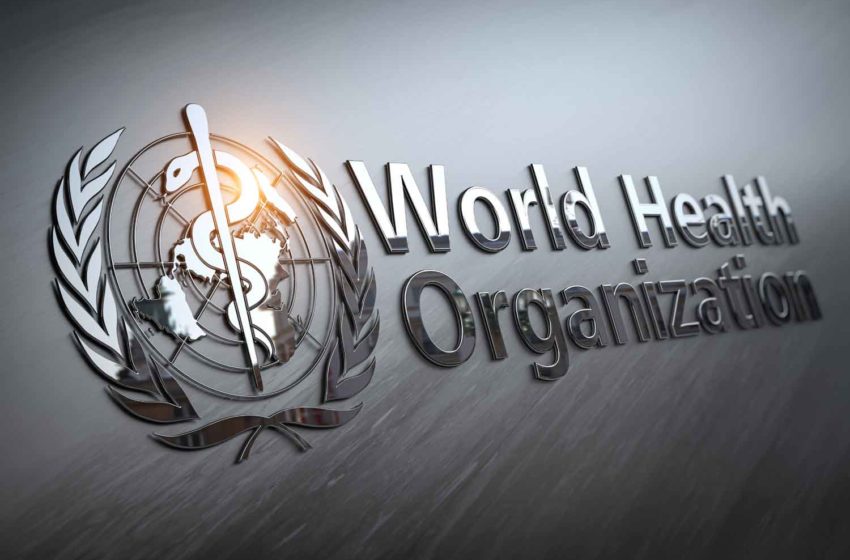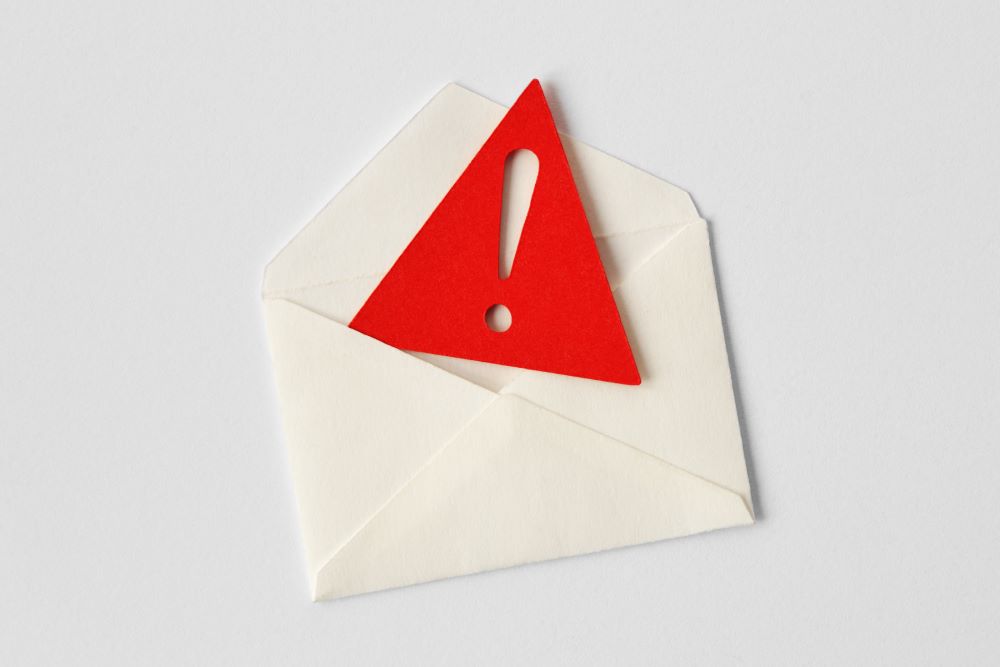
Bangladesh is set to ban vapes and nicotine pouches, according to Filter.
The government has been considering a vape ban since 2019 when the U.S. e-cigarette or vaping product use-associated lung injury outbreak occurred—later determined to be caused by adulterated illicit products.
The health ministry has now drafted an amendment to Bangladesh’s Smoking and Using of Tobacco Products (Control) Act, which has been reviewed by the cabinet and must now be approved by parliament.
If the proposed ban is approved, anyone caught vaping, regardless of nicotine content, will be subject to a fine of BDT5,000 ($46). Sales, production, import, export, storage and transportation of vapes would also be banned, with penalties starting at a higher fine, three months’ incarceration or both. Larger scale activity or repeat offenses would face longer sentences.
The amendment would also ban flavors in tobacco products, increase the fine for smoking in public places and include further penalties for unlicensed tobacco sales.
Organizations like the Bangladesh Medical Association support the proposed ban, equating vaping with smoking cigarettes.
“A ban on vaping devices will have disastrous consequences for people trying to quit smoking cigarettes,” said Nafis Farhan, a member of Voice of Vapers Bangladesh. He attributed continued high smoking rates in the country to “limited availability of cessation tools, such as vapes.”
The proposed ban represents “a missed opportunity for harm reduction and a setback for public health,” according to Michael Landl, director of the World Vapers’ Alliance.

































